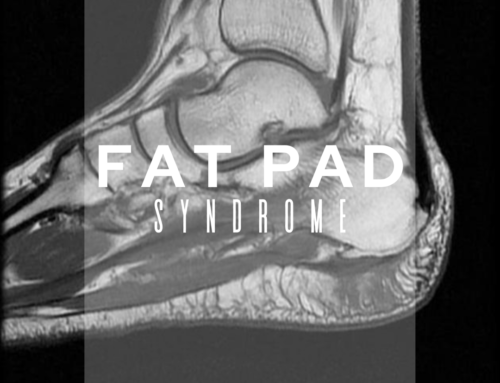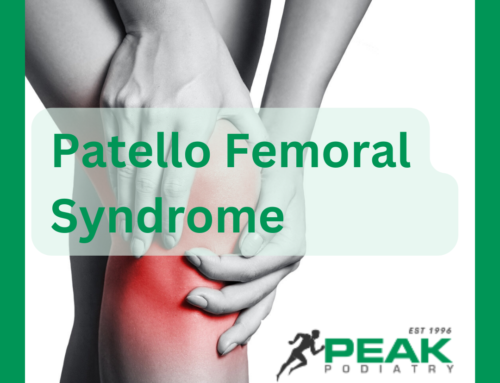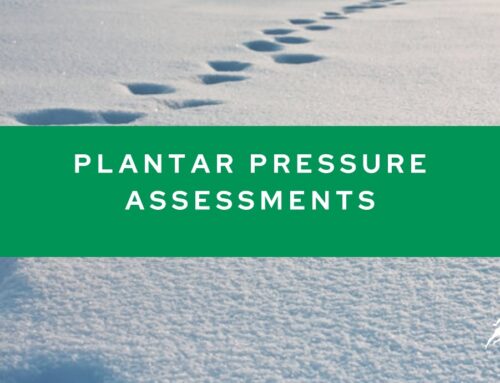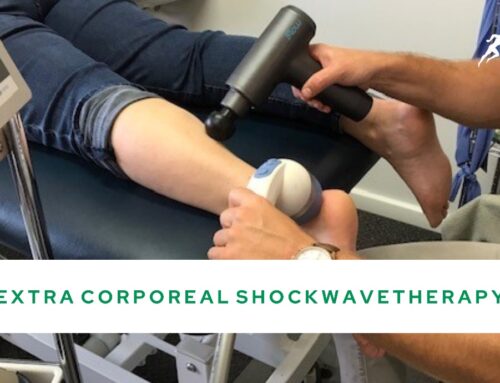Ankle sprains are basically an over-stretch of the ligaments that hold the ankle in place. In around 80% of ankle sprains, the excessive movements are a combination of the foot 1) pointing downwards and 2) then twisting inwards (ouch!).
The severity of the sprain is best described as follows:
Grade I Sprain – Stretching of the ligaments and/or minor tearing
Grade II Sprain – Partial tearing of the ligaments
Grade III Sprain – Complete rupture of the ligaments
It is important to clinically grade (not necessarily through imaging) the severity of the ankle sprain to determine the most appropriate treatment and rehabilitation protocol. Whether the sprain type is an inversion (rolling-out) or eversion (rolling-in) sprain, the grade of the sprain will dictate the general treatment protocol whereas the type will dictate the finer details of rehabilitation.
Many people who suffer from an ankle sprain are placed in some sort of strapping or bracing to immobilise the injured ankle. This is not always the correct approach. In fact, this can increase the damage and prolong healing time and quality. The latest research is pushing for clinicians to refrain from prolonged bracing in all situations except for Grade III sprains. Even in that case, early return to rehabilitation is encouraged. Approximately 4 weeks of bracing followed by 2 weeks of progressive rehabilitation is not atypical.
In summary, one should not think that ankle sprains need to be braced and offloaded all the time. For grade I and II sprains, early rehabilitation and strengthening programmes are pivotal and sometimes even more beneficial than simple bracing. In grade III sprains, early bracing is much more beneficial if followed by a progressive rehabilitation protocol and return to exercises plan. Another important point is to think ahead. There is a high frequency of recurrent ankle sprains, therefore an individualised treatment plan to manage the current injury as well as prevent further recurrence should be the gold standard.








Leave A Comment